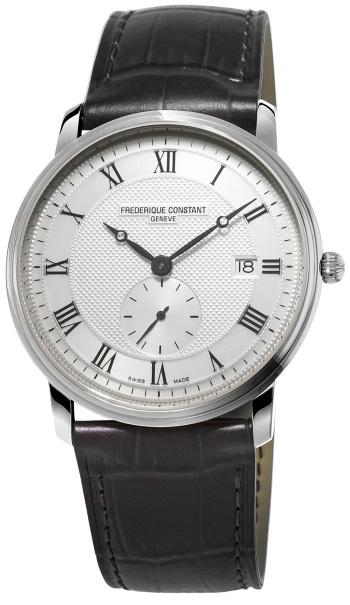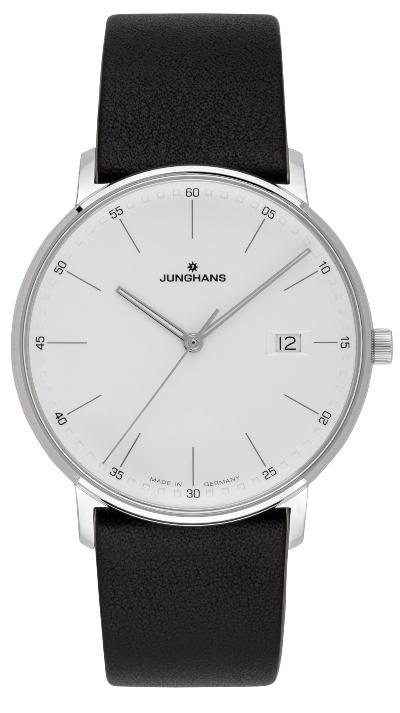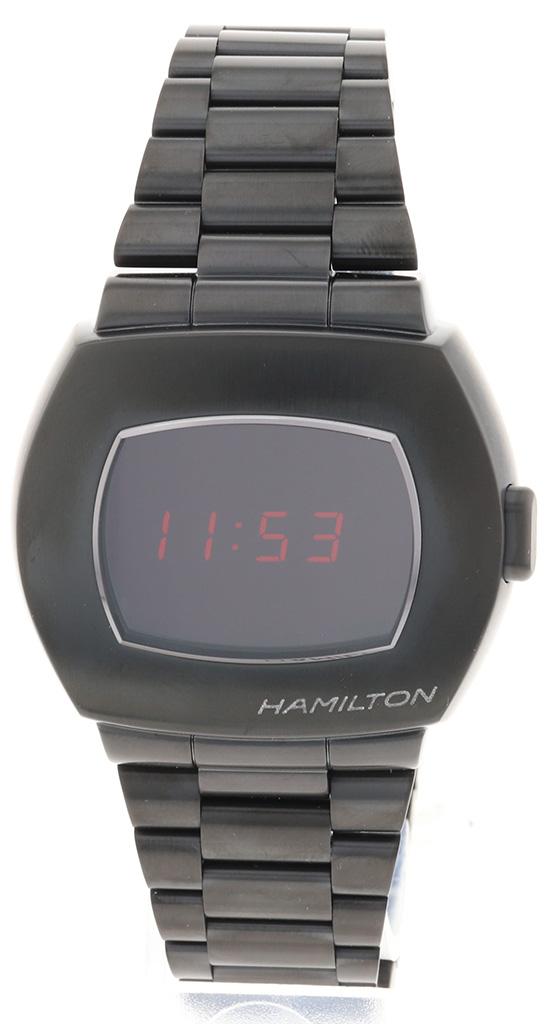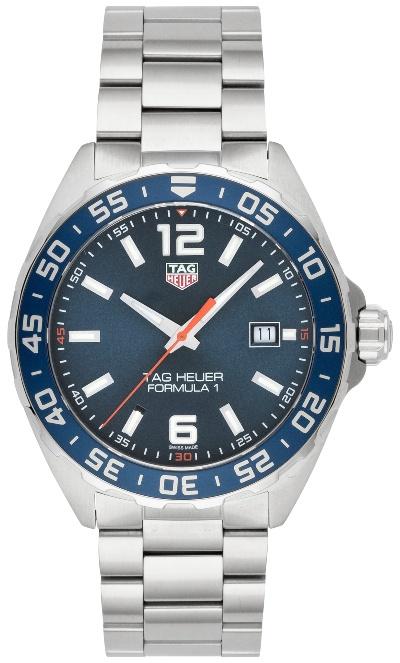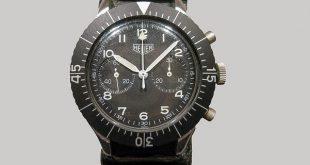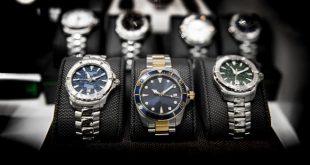Since time immemorial, people have tried to measure and display time as accurately as possible. Sundials were an early ideal solution because their display is oriented to the authoritative conductor of the passage of time. The catch: they only work in good weather. The idea of giving clocks more independence with the oscillator was therefore grandiose.
Optimal for time measurements – frequency-stable pendulum movements
During experiments, Galileo Galilei found in 1632 that for the period of oscillation of a pendulum, the weight is insignificant and the amplitude of the oscillation is secondary. The latter applies in particular to small oscillations. The length of the pendulum, on the other hand, is influential. For example, pendulums that are just under one meter long need one second to move from one side to the other.
In addition, pendulum movements are comparatively stable in frequency, which is important for timekeeping. Everyone can see this for themselves, because the children’s swing is a pleasurable interpretation of the pendulum: The composition of the suspension and the seat determines the frequency at which one swings. Doomed to failure are attempts to influence it significantly. Galileo recognized the importance of his investigations for time-measuring devices without elaborating on the idea.

Centerpieces of clock history: gravity pendulum and balance wheel
Christiaan Huygens was inspired by Galileo’s law of the pendulum and discovered that an oscillator in clocks must be designed in such a way that it can develop its natural oscillation for a long time and constantly. Fittingly, he designed the gravity pendulum with its now familiar design and had the first pendulum clock built in 1657. The astronomer realized that his concept was only suitable for stationary grandfather clocks. He therefore tinkered with a rotating wheel, which was ready for the market in 1674. Since then, this so-called balance wheel has served as a vibration generator in clocks that are intended to be used regardless of their position. With improved materials, tools and techniques, the component was reduced in size until it fitted into wristwatches.

Watch connoisseurs know that, strictly speaking, Huygens’ invention is made up of the rotating oscillating body and a spiral spring, which is used to regulate the oscillation frequency. Such an oscillating system is called an oscillator. The technical term is also used for classic clock pendulums, because they also combine several tasks of an oscillating system.
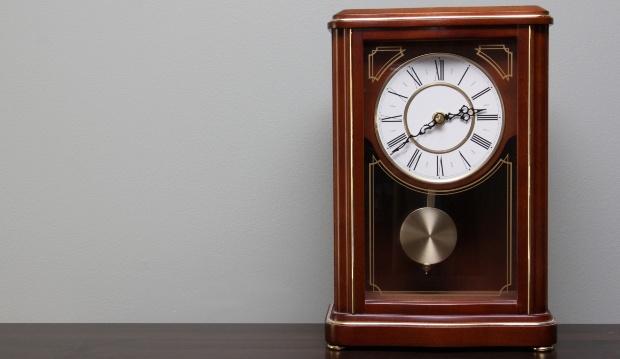
Oscillators that can hardly be influenced
The core objective of clock making is to reproduce standard time as accurately as possible. In the 17th century, Huygen’s pendulum clock was groundbreaking in that it showed deviations of only 10 seconds every day. The inventors were not satisfied with this. They experimented with oscillating bodies such as torsion pendulums, which made it possible to achieve enormous power reserves in torsion pendulum clocks. More than 80 years ago, the special alloy Nivarox brought great progress in optimizing the material of the oscillators. Temperature, air resistance or humidity: the more effectively external influences were counteracted, the more accurate the clocks became.
Ambitious watchmakers also quickly realized that increasing the rate has a positive effect on accuracy. This is especially true for wristwatches that are confronted with influences such as vibrations. The goal of integrating high-frequency oscillators into watches that are also small and have low deflections was therefore clear.
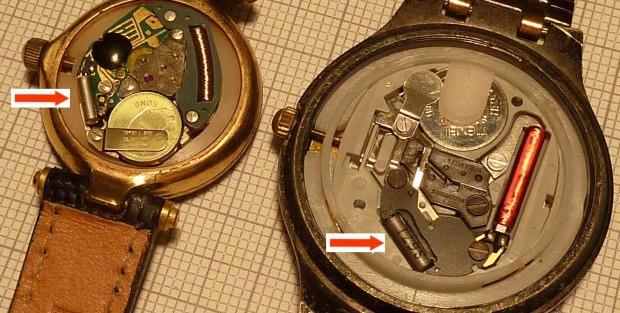
Tiny frequency miracles: tuning fork oscillators in watches
Mechanical wristwatches now elicit 18,000 to 36,000 vibrations per hour from the balance wheel. This corresponds to frequencies of 2.5 to 5 hertz (Hz). Traditional brands continue to drive mechanical precision timekeeping to this day. This is exemplified by Slimline watches from Frederique Constant, which impressed with its beat frequency of 40 Hz when it debuted in 2021.
This increase in frequency is remarkable in the segment of mechanical regulation. If you compare it with visionary watch legends, it seems manageable. In 1921, Max Hetzel had the brainwave to bring oscillators with a tuning fork shape into play. It took forty years before the concept was ready for the market and characterized Bulova’s Accutron. It impressed with an oscillation frequency of 360 Hz, narrowing deviations to 60 seconds per month. The electrically powered tuning fork watch sold millions of copies, but was quickly supplanted by the next innovation.
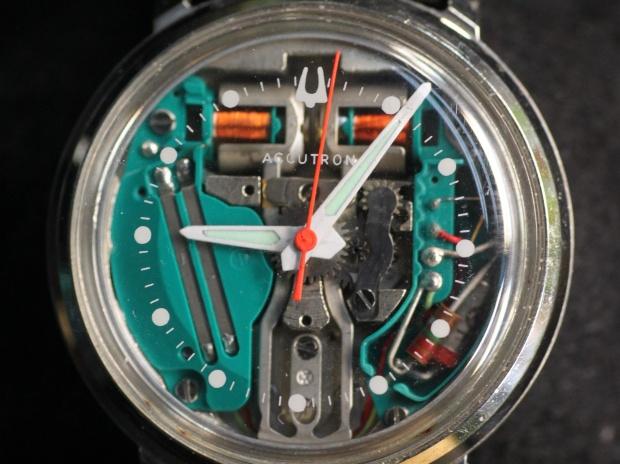
Quartz fast oscillator
In 1880, Jacques and Pierre Curie discovered that the electrical poles of quartz crystals shift in the course of elastic deformation, resulting in an electrical voltage. Conversely, they deform when an electric voltage is applied to them. The whole thing is called the piezoelectric effect and explains why quartz crystals are used as oscillators in watches. They oscillate at high frequency for the benefit of rate accuracy and save space. Warren Marrison introduced a working quartz watch in 1928. Ten years later, laboratories could buy the first precision watches with quartz.
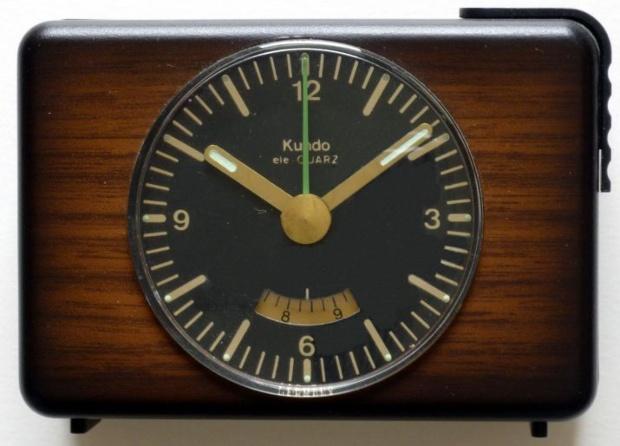
The quartz wrist watch
The performance of oscillating crystals increased when, due to scarce natural crystals, synthetic production with quartz sand was introduced. This made it possible to influence the crystal structure in such a way that it became, for example, pressure-insensitive and temperature-stable. Further challenges were mastered until quartz wristwatches ready for series production were presented in the early 1970s. Debutants with oscillators from the laboratory, such as the Seiko Astron, the Astro-Quartz Junghans or the Hamilton Pulsar watch, were greeted with applause.
For technology fans, it was astonishing that the first quartz luxury watches almost cracked the 10,000 hertz mark with their oscillation frequency. Soon after, conceptual improvements and practical considerations resulted in tuning fork-shaped oscillating crystals with 32,768 Hz being defined as the standard. If they meet a high level of production competence at the watch manufacturer, the deviations are limited to 60 seconds per year. In comparison, mechanical luxury watches are already celebrated when their rate deviation is limited to 2 seconds per day.
Beyond wristwatches, quartz is surpassed as an oscillator only by the chemical element cesium, which characterizes the conventional atomic clock. Their development gathered momentum in 1940, when essential findings on magnetic resonance imaging were obtained for nuclear magnetic resonance. Its low error rate was sensational, amounting to one second in 30 million years. The cesium clock, which incidentally also contains a quartz, has since been surpassed by atomic clocks with laser light pulses. Their rate deviation is one second in 100 trillion years.
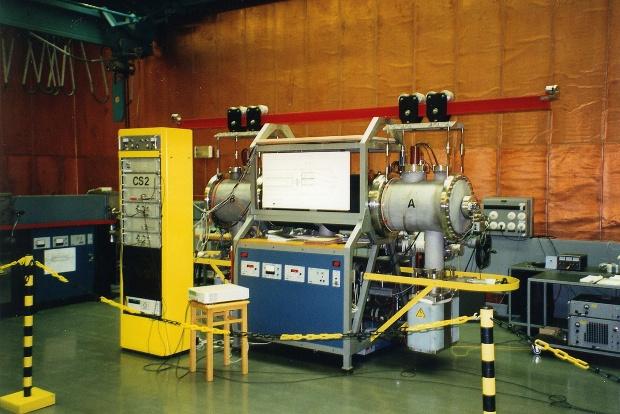
No convincing performance without perfect ensemble
Every oscillator is slowed down by damping. It therefore needs energy to get going and stay going. This is provided by weights, spiral springs or batteries. The energy supply would simply fizzle out without another ingenious invention for the movement: the escapement. Only in conjunction with numerous components do oscillators become the clock whose transmitted impulses correspond to one second. Pendulum, balance and oscillating quartz: Their quality is only revealed when all components are brilliant and perfectly matched to each other. Oscillators of various types are thus found in mechanical as well as quartz wristwatches, albeit quite different ones.
What does the oscillator do in watches?
This question would be inadequately answered if one were to focus on oscillations. With its recurring deflections, it not only keeps watches in motion, but also controls their processes. That’s why watchmakers also call it the rate regulator.
 Uhrinstinkt Magazine
Uhrinstinkt Magazine

